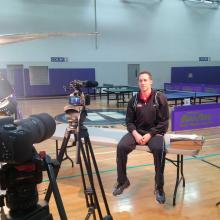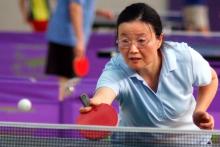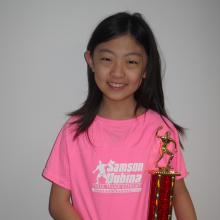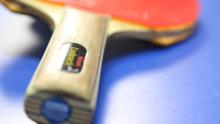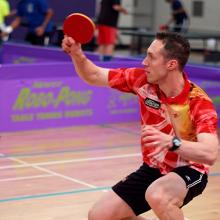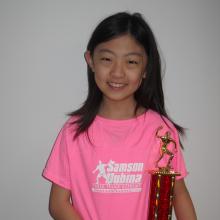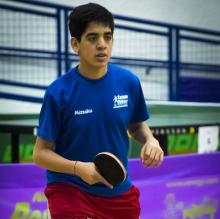An article related to improving players table tennis skills.
by Samson Dubina on Wed, 2014-07-16 19:10
Samson Dubina Interviewed by Rahul Acharya
I had a chance to see, talk to, and learn from some top international and national table tennis players. In this and the next couple of posts, I will share interviews with the experts.
I saw Samson Dubina (#1 player in Ohio and top 20 men in US (over 30)) stretching in preparation for a match and asked him for advise that I thought many of us could use.
by Samson Dubina on Mon, 2014-07-14 21:56
Learn how to improve your skills through group training!
I receive frequent e-mails with questions regarding weekend group clinics. In the article, I’m going to outline the details of my group coaching sessions.
by Samson Dubina on Sat, 2014-07-05 17:55
Read this short article about setting goals in table tennis
Goal setting is very important in life, school, work, athletics, and many other areas of life. If you want to train in table tennis with excellent focus and you want to perform well in competition, I would recommend writing out a long-term goal. Long term generally means 2-10 years from now. After you have written it out, hang it in your training room for a daily reminder.
by Samson Dubina on Fri, 2014-07-04 20:49
Try This New Idea At Home!
Your consistency will improve when you are able to focus on the ball as it contacts your racket. You should watch the ball all the way to contact. Many players repeatedly say to themselves, “Watch the ball! Watch the ball!” However, they still don’t watch the ball until contact. So how can you train yourself to concentrate more on the contact point?
by Samson Dubina on Sun, 2014-06-22 21:04
Learn to use the proper tactics!
Competing in tournaments against girls is much different than competing in tournaments against guys. I have played against many top female players including Shen Yanfei, Wang Chen, Gao Jun, Chiharu Yamazaki, Mo Zhang, Watanabe Yuko, Jiaqi Zhang, and many other Olympic level female players. There are some general strategies that I have learned from competing against them.
Use Different Strategy
by Samson Dubina on Sat, 2014-06-21 23:21
Boost Your Level By Making Small Adjustments
When an amateur player becomes inconsistent with his backhand loop, he just starts pushing…
When an amateur player becomes inconsistent with his forehand smash, he just starts blocking…
When an amateur player can’t keep his best serve short, he stops serving it…
When an amateur player has a problem, he can’t fix it.
When a professional player encounters an inconsistency in his game, he realizes the problem, and immediately fixes it.
by Samson Dubina on Mon, 2014-06-09 07:53
Learn About the #1 Most-Detrimental Shot in Your Game!
There is 1 shot in table tennis that will really hurt you. But before I tell you what the shot is, I’ll first make a couple of observations about your body positioning.
If you attack with your forehand from your forehand side, it doesn’t really matter where you attack. You should mix up your placement – wide forehand, wide backhand, and middle transition. Because your body is centrally located in relation to the table, you will likely be able to recover quickly for the next ball.
by Samson Dubina on Sat, 2014-06-07 09:32
Learn how to deal with an aggressive opponent
Your opponent is attacking your short serve and you are frustrated that you can’t stop him from attacking your serve.
What should you do?
Well, you must realize that with modern equipment and modern strokes, he will likely be able to attack all of your serves, regardless of how spinny, how low, and how short you serve.
by Samson Dubina on Thu, 2014-05-29 21:44
Learn to Maximize Your Tournament Performance
In tournaments, do you notice any trends to your wins and losses? You must be like a detective and figure out why. Figure out if there is anything that you can possibly do to fix these losses.
by Samson Dubina on Thu, 2014-05-29 21:28
Learn about the contact point
Samson, I have a question. Where should I contact most of the balls – when the ball is rising, when the ball has reached the peak in the trajectory, or as the ball is falling?
Good question. I’ll give a separate answer for each stroke.
When blocking, it is important to contact the ball on the rise; this will help you to keep your block low and give your opponent less time to react.
Pages




